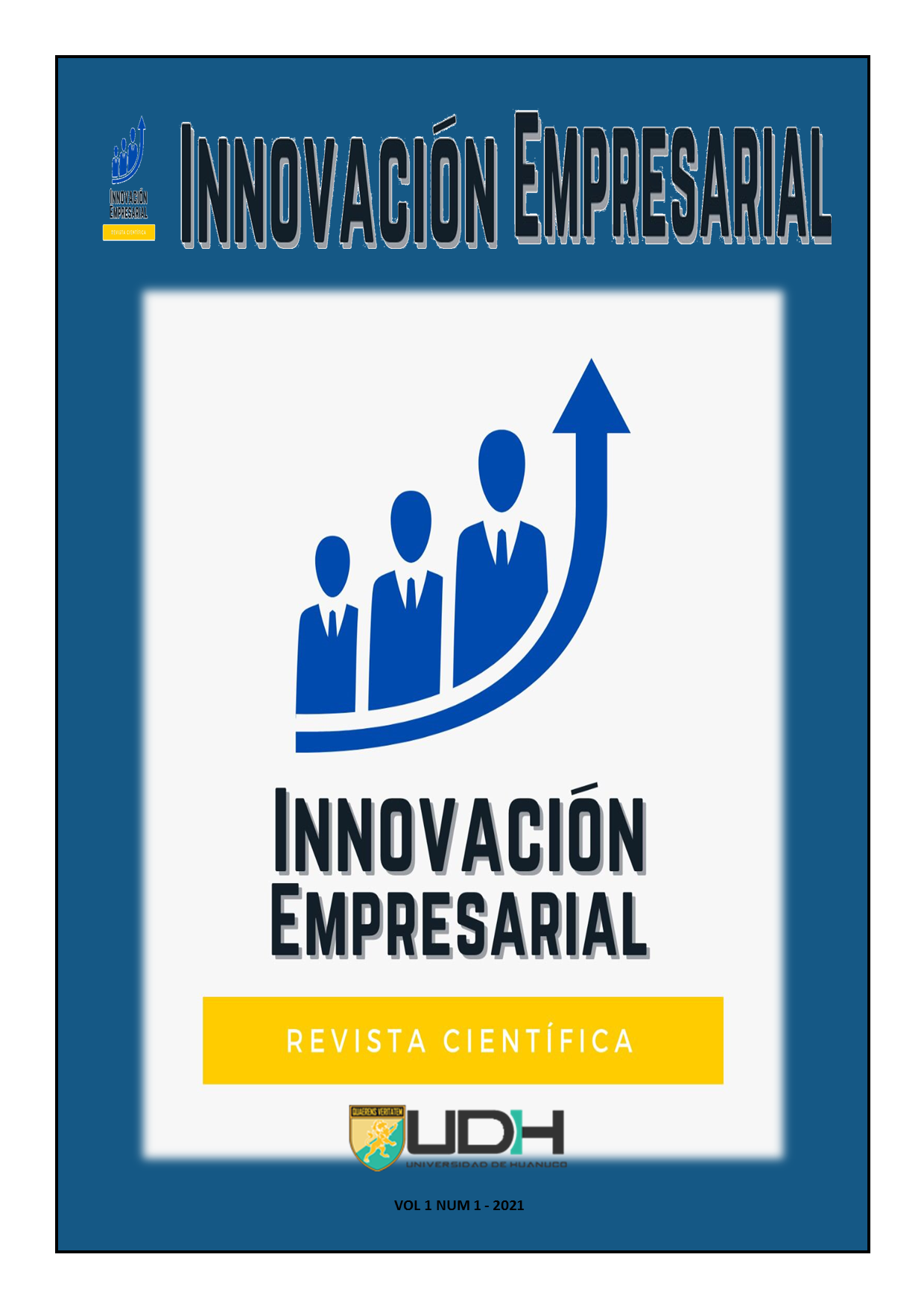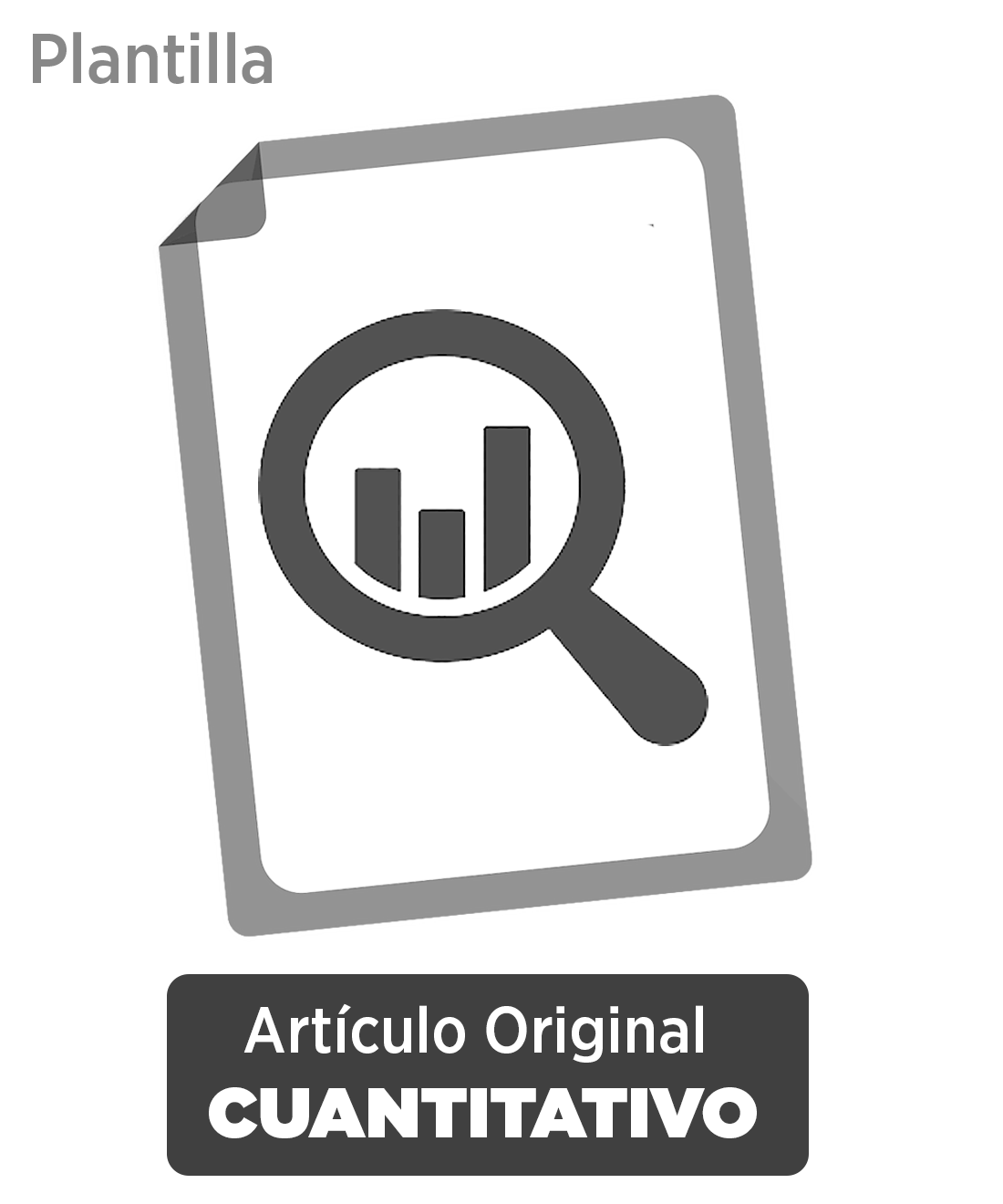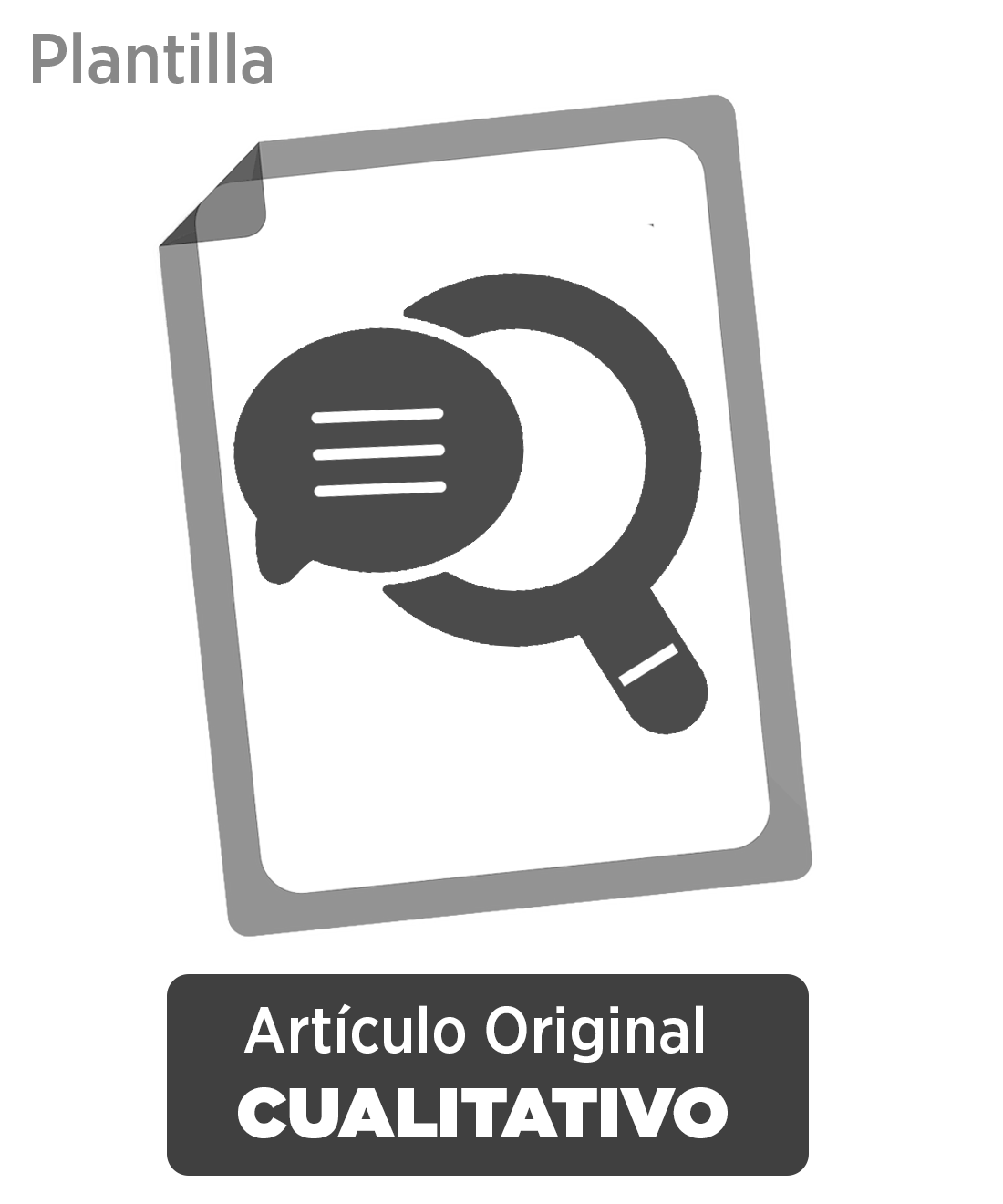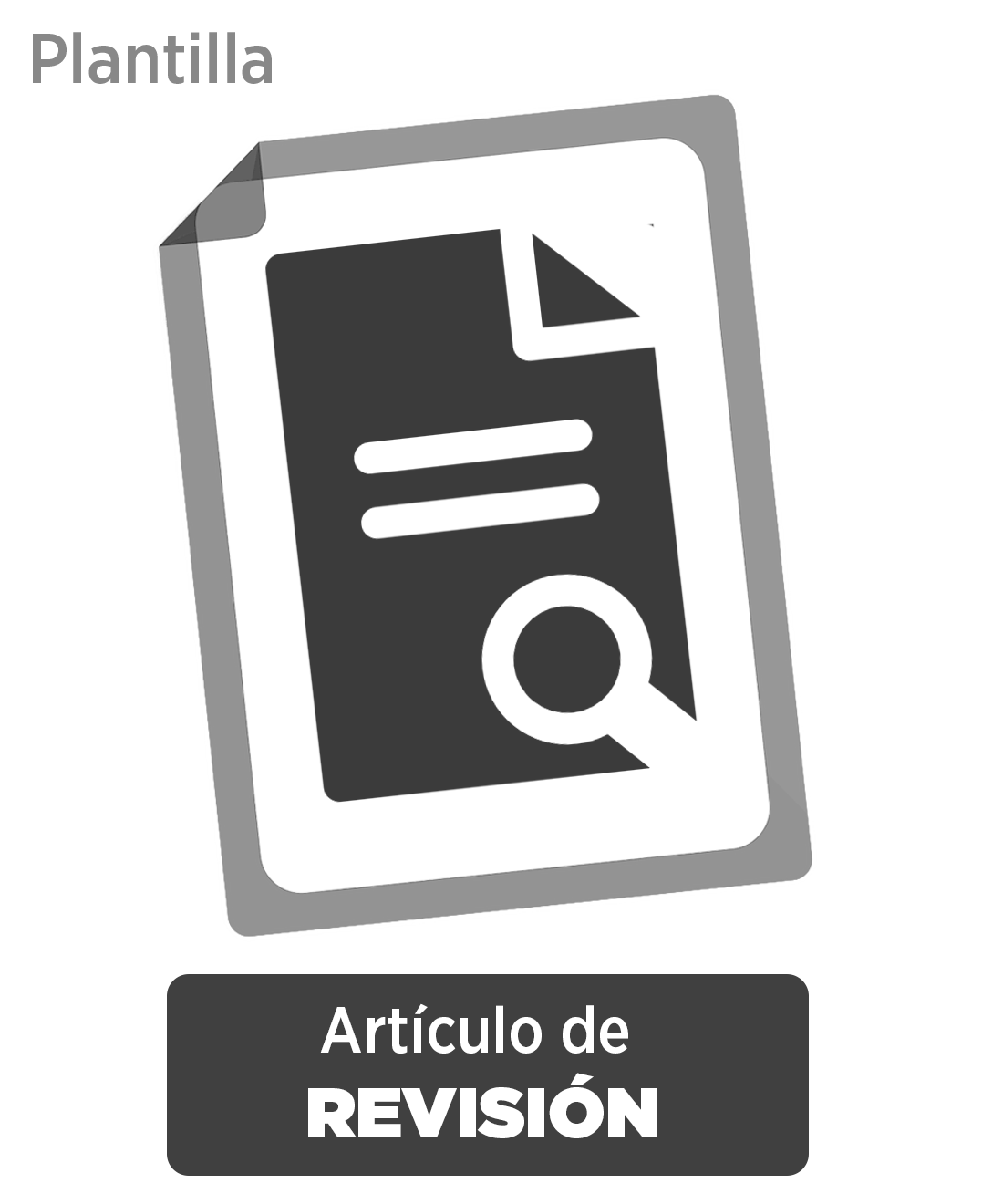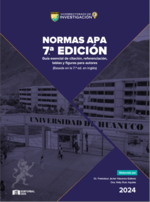Business management of micro, small and medium-sized enterprises in the bicentennial of Peru
DOI:
https://doi.org/10.37711/rcie.2021.1.1.3Keywords:
management, business administration, small business, private sector, public sector, economic competition, employment, pandemicAbstract
Objective. To learn about the current business management of micro, small and medium-sized enterprises (MSMEs) with respect to the economy, competitiveness and employment of Peru's Bicentennial Plan. Methods.The type of research applied had a quantitative approach, with a non-experimental design and a descriptive method. The population consisted of 1031 certified public accountants, while the sample consisted of 20 certified public accountants who advise MSMEs. The data collection instrument used was the questionnaire elaborated with 3 questions, which were validated by expert judgment. The Cronbach's alpha value obtained for the instrument was 0.976 (excellent reliability). Results.The overall results showed that there is an average level of business management performance with respect to the goals of Peru's Bicentennial Plan for the economy, competitiveness and employment. Conclusions. The business management of MSMEs does not contribute fully to the development of the economy, competitiveness and employment proposed in Peru's Bicentennial Plan, which is based on a stable and forward-looking economic policy that encourages sustained economic growth through private and public investment in activities that generate decent jobs. The reduction of underemployment and unemployment, the improvement of competitiveness, investment and tax pressure, and greater macroeconomic stability are indispensable conditions for this objective; this could be achieved by optimizing current business management.
Downloads
Published
How to Cite
Issue
Section
License
Copyright (c) 2021 Innovación Empresarial

This work is licensed under a Creative Commons Attribution 4.0 International License.
a. Los autores conservan los derechos de propiedad intelectual (copyright) de las obras publicadas, cediendole a la revista el derecho de primera publicación.
b. Los autores retienen sus derechos de marca y patente, y también sobre cualquier proceso o procedimiento descrito en el artículo.
c. Los autores retienen el derecho de compartir, copiar, distribuir, ejecutar y comunicar públicamente el artículo publicado en la revista Innovación Empresarial (por ejemplo, colocarlo en un repositorio institucional o publicarlo en un libro), con un reconocimiento de su publicación inicial en la revista Innovación Empresarial.
d. Los autores retienen el derecho a hacer una posterior publicación de su trabajo, de utilizar el artículo o cualquier parte de aquel (por ejemplo: una compilación de sus trabajos, notas para conferencias, tesis, o para un libro), siempre que indiquen la fuente de publicación (autores del trabajo, revista, volumen, número y fecha).

